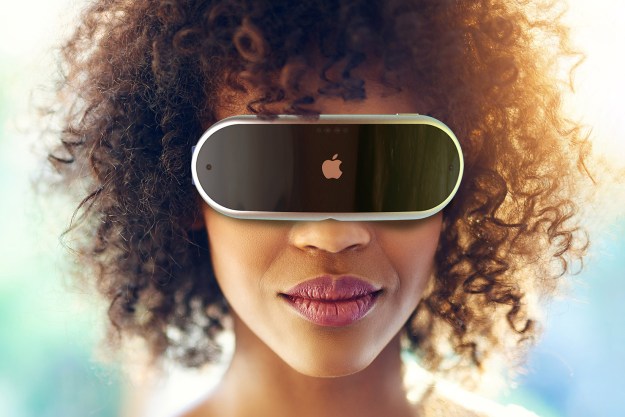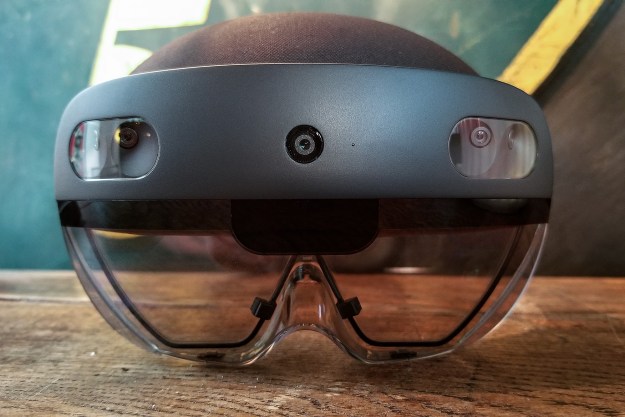
Donald Dayton of Dayton’s department stores wanted to improve shopping in Minnesota in the 1950s. The frigid state had only 126 “ideal shopping weather” days each year. Dayton hired architect Victor Gruen to design a new style of shopping “experience” that could add more shopping days regardless of the weather. The result was Southdale. Built at a cost of $20 million, Southdale had 80,000 square feet and 72 stores when the first indoor shopping mall opened in 1956.
In the decades since, however, shopping malls and large department stores have grown too plentiful and too large. This summer, Macy’s CEO Terry Lundgren explained to CNBC why Macy’s is closing 100 stores this year, after closing 40 stores in 2015. “Here’s the facts: In the United States, there’s 7.3 square feet per human being of retail space. That’s just ridiculous when you consider that in the U.K. it’s 1.3, in France it’s 1.7, in Japan it’s 1.7,” said Lundgren. “We have five and a half times the number of retail physical locations in America per capita than anywhere else in the world.”
So what’s the answer? According to Joe Bardi writing in Marxent’s AR Blog, the best way to get the most from physical locations is to use smaller footprints with 3D technology. “The mixed commerce model can take the shape of a pop-up store as small as 200 square feet, a Main Street or strip retail storefront as small as 1,000 square feet, or an interactive 3D display.”
Marxent cited three examples of current mixed commerce implementations. Tesla’s mall stores let you feel the upholstery and see the colors of the metal while customizing a car by computer. European furniture dealer Made.com combines a small physical showroom with virtual shopping. At Target’s Wonderland, open for a limited time in 2015, was part toy store and part holiday playground where shoppers could experience various “scenes and spectacles” while wearing lanyards with RFID chips that could be used to make purchases of products related to the various settings.
VR and AR showrooms will help retailers leverage physical space, writes Bardi. In the fully realized mixed commerce format, “physical merchandise is replaced by 3D models that can be configured into scenes or viewed and interacted with on their own. Actual retail space is utilized to provide tactile engagement, allowing customers to actually interact with physical materials, along with mobile design tools. This new model blends the best of brick and mortar with leading edge digital technologies to create a high speed and ultra efficient sales process.”
The indoor shopping mall was invented to meet the needs of shoppers in the 1950s. In the near future, mixed commerce will include “everything from virtual reality test drives to an entire VR showroom.”
Updated by Bruce Brown 10-10-16: Updated to specify that Target’s Wonderland was open for a limited time in 2015.
Editors' Recommendations
- Apple’s VR headset could get these surprise iOS features
- You won’t be taking Microsoft’s HoloLens 3 into the metaverse
- Apple’s mixed-reality headset could be delayed yet again
- The metaverse is ‘off limits’ for Apple’s upcoming VR headset
- Apple’s AR headset could now come with 3 immersive displays




